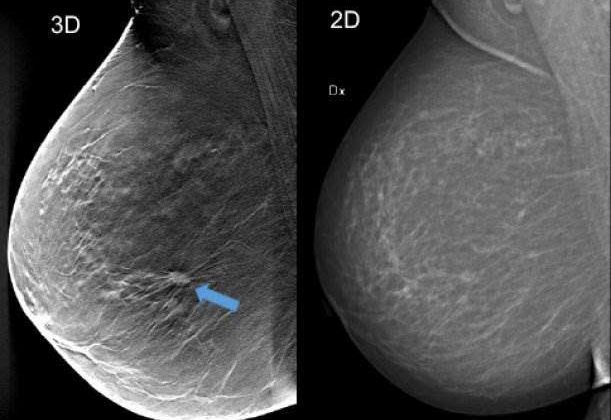Can people with heart disease exercise safely?
ESC Guidelines on Sports Cardiology and Exercise in Patients with Cardiovascular Disease
The first recommendations on sports and physical activity in all types of heart disease were launched by the European Society of Cardiology (ESC). The document is published online in European Heart Journal,1 and on the ESC website.2
“With rising levels of obesity and sedentary lifestyles, promoting physical activity is more crucial now than ever before,” said Professor Antonio Pelliccia, Chairperson of the guidelines Task Force and chief of cardiology, Institute of Sports Medicine and Science, Rome, Italy. “Regular exercise not only prevents heart disease, but also reduces premature death in people with established heart disease.”
“The chance of exercise triggering a cardiac arrest or heart attack is extremely low,” said Professor Sanjay Sharma, Chairperson of the guidelines Task Force and professor of sports cardiology and inherited cardiac diseases, St. George’s, University of London, UK. “People who are completely inactive and those with advanced heart disease should consult their doctor before taking up sports.”
The document covers leisure exercise and competitive sports for people with heart disease and conditions which raise the risk of heart disease such as obesity and diabetes. Advice is also given on exercise during pregnancy, or in special settings such as at high altitude, in deep sea, in polluted areas, and at extreme temperatures. The document states that traffic fumes are unlikely to lessen the benefits of physical activity to heart health.
In common with healthy adults of all ages, people with heart disease should exercise on most days, totalling at least 150 minutes per week of moderate intensity exercise. Moderate intensity means increasing your heart rate and breathing rate but still being able to hold a conversation.
For people who are obese or have high blood pressure or diabetes, the guidelines recommend strength-building exercise (for example, lifting light weights) at least three times a week plus moderate or vigorous aerobic exercise, such as cycling, running, or swimming.
Coronary artery disease is the most common type of heart disease and is caused by build-up of fatty deposits on the inner walls of the arteries. If the arteries become completely blocked this can cause a heart attack. Most people with coronary artery disease can play competitive or amateur sports.
“People with long-standing coronary artery disease who wish to take up exercise for the first time should see their doctor first,” said Professor Pelliccia. “The aim is to tailor the intensity of activity according to the individual risk of causing an acute event such as a heart attack.”
Regular, moderate physical activity is recommended to prevent atrial fibrillation. People with atrial fibrillation who are taking anticoagulants to prevent stroke should avoid contact sports due to the risks of bleeding.
People with pacemakers should not be discouraged from playing sports (except collision sports) because of the device. However, they need to tailor their choice according to the underlying disease.
Professor Pelliccia noted that anyone experiencing chest pain for more than 15 minutes should call an ambulance. He added: “If you find that exercise brings on palpitations or unusual shortness of breath or chest discomfort, scale back your activity and make an appointment to see your health professional.”
Professor Sharma said: “Physical activity is good for everyone with heart disease and even small amounts are beneficial. We hope these guidelines will help patients and their health professionals choose the best and most enjoyable activities for them.”
Source: European Society of Cardiology (ESC)
Full bibliographic information
References and notes
1 2020 ESC Guidelines on Sports Cardiology and Exercise in Patients with Cardiovascular Disease. European Heart Journal. 2020.
2 ESC Guidelines on the ESC website.





